As the cybersecurity landscape continues to evolve at a breakneck pace, a new wave of threats is emerging, fueled by the rapid advancement of artificial intelligence (AI) and quantum technologies. The stakes have never been higher, with cybercriminals leveraging AI tools to automate attacks at unprecedented speeds and scales, while quantum computing poses a significant threat to current encryption standards.
According to a recent report, the global AI-powered cybersecurity market is projected to reach $13.6 billion by 2027, growing at a compound annual growth rate (CAGR) of 24.6% from 2020 to 2027. This surge in demand is driven by the increasing adoption of AI-powered solutions by organizations to enhance their threat detection and response capabilities. However, the same report also highlights the growing concern of AI-powered cyberattacks, with 71% of organizations experiencing an AI-powered attack in the past year.
The impact of AI on the cybersecurity landscape is multifaceted. On one hand, AI-powered solutions can help organizations detect and respond to threats more effectively, reducing the average time to detect and respond to a breach by 30%. On the other hand, AI-powered cyberattacks can be launched at speeds and scales that are difficult to defend against, with some attacks generating tens of thousands of tailored phishing emails in seconds.
The emergence of quantum computing adds a new layer of complexity to the cybersecurity landscape. Quantum algorithms can solve the mathematical problems underlying most modern cryptography, particularly public-key systems like RSA and Elliptic Curve, widely used for secure online communication and data transfer. If left unchecked, quantum computing could potentially undermine current encryption standards, compromising the security of sensitive data and disrupting global commerce.
Cisco, a leading provider of cybersecurity solutions, is at the forefront of addressing these emerging threats. The company's AI-powered security solutions, such as its Advanced Malware Protection (AMP) and Threat Grid, are designed to detect and respond to threats in real-time, using machine learning algorithms to analyze vast amounts of data and identify patterns that may indicate a potential threat.
In response to the growing threat of quantum computing, Cisco is also investing in research and development to ensure that its encryption standards remain secure in the face of emerging quantum threats. The company's Quantum Key Distribution (QKD) solution, for example, uses quantum mechanics to securely distribute encryption keys between two parties, providing an unbreakable level of security.
As the cybersecurity landscape continues to evolve, organizations must be prepared to adapt and innovate in order to stay ahead of emerging threats. With the help of AI-powered solutions and quantum-resistant encryption, organizations can enhance their threat detection and response capabilities, while also protecting their sensitive data from the growing threat of quantum computing.
In the future, we can expect to see even more advanced AI-powered cybersecurity solutions, including the use of agentic AI to create autonomous systems that can reason, act, and adapt like human adversaries. We can also expect to see the widespread adoption of quantum-resistant encryption standards, such as those developed by the National Institute of Standards and Technology (NIST).
Ultimately, the future of cybersecurity will depend on the ability of organizations to innovate and adapt in the face of emerging threats. With the help of AI-powered solutions and quantum-resistant encryption, organizations can stay ahead of the curve and protect their sensitive data from the growing threat of cyberattacks.



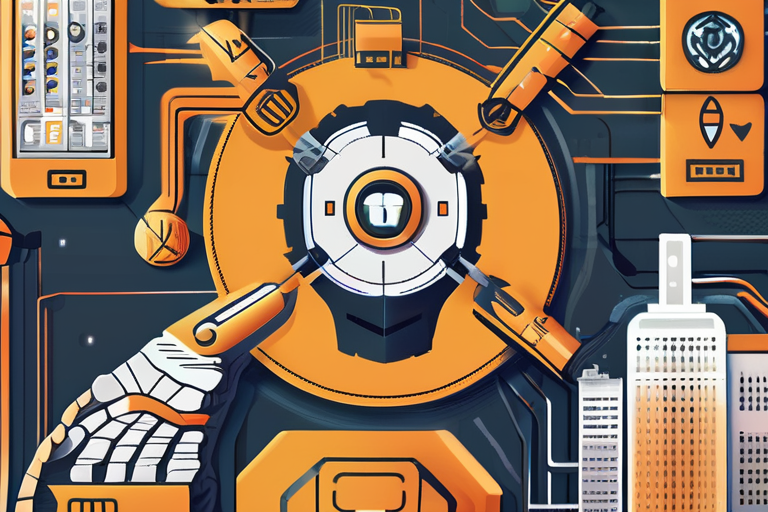


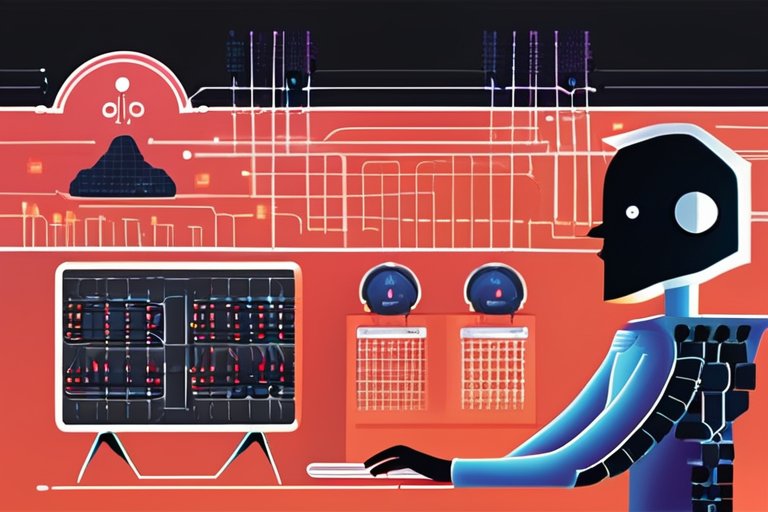

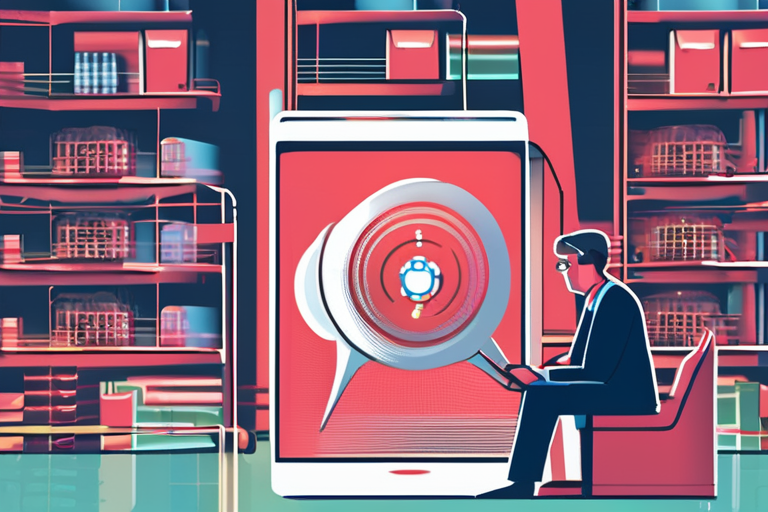

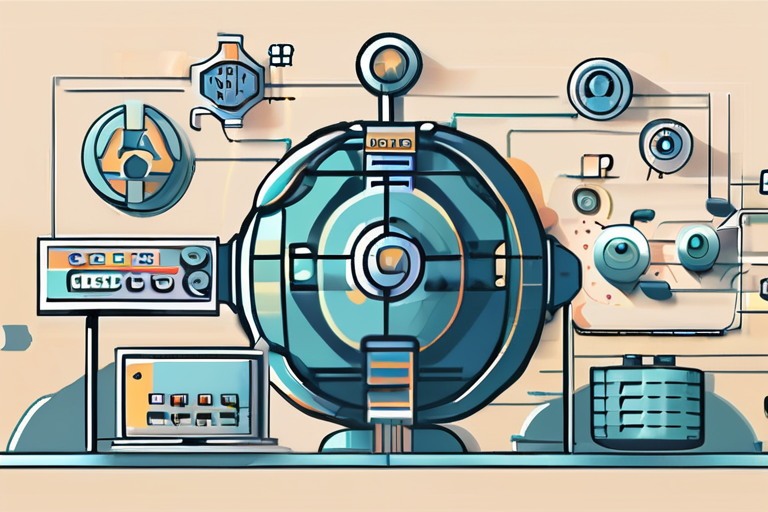

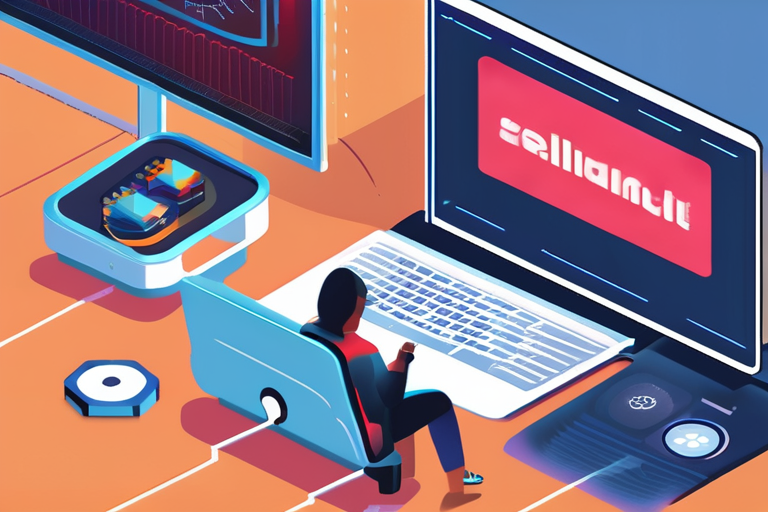



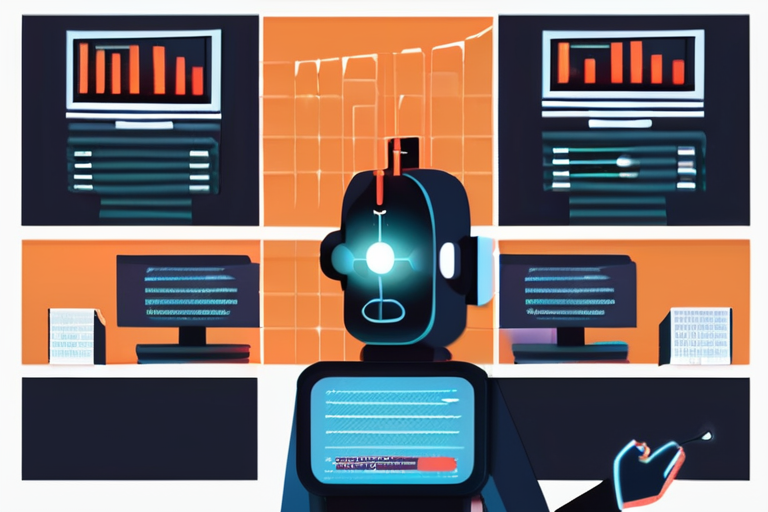







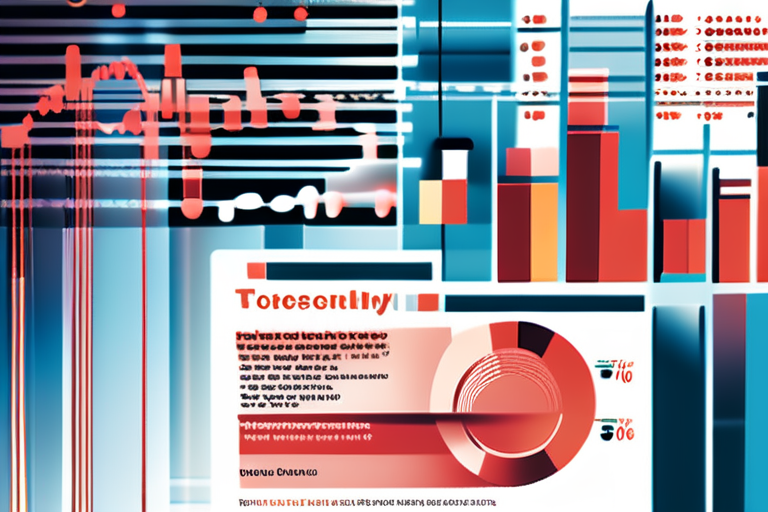


Share & Engage Share
Share this article